EU declaration conformity
Duct temperature | humidity controller | 24 V DC
Product description
This device is a combined sensor designed to measure temperature and relative humidity in air ducts, with the added capability of calculating the dew point. Based on these measurements, it directly controls various HVAC components such as fans and dampers through a single analog output (0-10V default). It offers selectable temperature and humidity ranges, providing fan speed control based on the measured data.
The sensor operates on 24 VDC and ensures easy connectivity with spring-contact terminal blocks. All data and settings are accessible via Modbus RTU, which also allows for firmware updates through a built-in bootloader. The device provides long-term stability and accuracy for reliable performance.
Documents
Additional specifications and description
What is the Importance of HVAC Transmitters in Various Settings?
These transmitters are crucial for HVAC systems in commercial buildings, industrial facilities, and residential settings. They allow for the precise control of temperature and humidity levels, helping to maintain comfortable indoor environments, reduce energy consumption, and ensure proper air quality.
How Does the Sensor Measure and How Should It Be Mounted in Air Ducts?
This HVAC transmitter measures temperature and relative humidity in air ducts. The dew point is calculated based on these measurements. This sensor works best if it is installed in a straight section of the air duct. Avoid installing in turbulent air zones near filters, fans, cooling coils, and so on. Position the sensor correctly in relation to the airflow direction. More detailed information can be found in the mounting instructions.
Which Devices Can the Sensor Control and How Does Its Output Function?
One output is controlled by the sensor algorithm. This output can be used to drive an EC fan, an AC fan speed controller, or a damper actuator. The output value varies in direct proportion to the measured temperature and relative humidity. For example, as the temperature or relative humidity approaches their maximum limit, the fan speed increases or the damper opens. The control value can be accessed via the analogue output and Modbus RTU.

How Does the Sensor Measure and How Should It Be Mounted in Air Ducts?
This HVAC transmitter measures temperature and relative humidity in air ducts. The dew point is calculated based on these measurements. This sensor works best if it is installed in a straight section of the air duct. Avoid installing in turbulent air zones near filters, fans, cooling coils, and so on. Position the sensor correctly in relation to the airflow direction. More detailed information can be found in the mounting instructions.
Which Devices Can the Sensor Control and How Does Its Output Function?
One output is controlled by the sensor algorithm. This output can be used to drive an EC fan, an AC fan speed controller, or a damper actuator. The output value varies in direct proportion to the measured temperature and relative humidity. For example, as the temperature or relative humidity approaches their maximum limit, the fan speed increases or the damper opens. The control value can be accessed via the analogue output and Modbus RTU.

How is the Sensor Wired and What Are Its Power Supply Specifications?
The cage clamp terminal blocks shorten installation and wiring time. They eliminate the need for routine maintenance and ensure a solid or stranded wire contact. The supply voltage is 24 V DC. The ground terminals of the power supply (V-) and output (GND) are not connected internally. This means that connecting this sensor will necessitate the use of a 4-wire cable. Most 24 V DC power supplies include short-circuit, overload, and overvoltage protection. A supply voltage of 24 V DC improves the safety and reliability of your installation.
What Are the Setup and Customization Options for the Sensor?
This sensor requires very little setup. Once installed, it is almost immediately usable. Temperature and relative humidity are frequently region- and season-dependent. During installation, these parameters are still set to the correct values. The other default settings will most likely be adequate for most applications. They can, however, be adjusted via the respective Modbus registers if necessary. To make it compatible with other devices, you can choose a different output type, for example: Modbus RTU; 0-10 VDC; 0-20 mA; 0-100% PWM. The Modbus register map contains a comprehensive list of all programmable settings.
What Are the Manufacturing Quality, Calibration, and Protection Features of the Sensor?
This HVAC transmitter is manufactured in Europe. Each sensor is calibrated and tested in our factory. We use sensor elements and components of high quality. This ensures the long-term stability and accuracy of this HVAC transmitter. The enclosure offers an IP54 protection against ingress of dust and moisture. The sensor element is integrated in the probe of the duct sensor. This probe has an opening to have a direct contact between the air flow and the sensor element. The sensor probe itself offers an IP20 protection.
∞ Monitoring indoor air quality
What Are the Setup and Customization Options for the Sensor?
This sensor requires very little setup. Once installed, it is almost immediately usable. Temperature and relative humidity are frequently region- and season-dependent. During installation, these parameters are still set to the correct values. The other default settings will most likely be adequate for most applications. They can, however, be adjusted via the respective Modbus registers if necessary. To make it compatible with other devices, you can choose a different output type, for example: Modbus RTU; 0-10 VDC; 0-20 mA; 0-100% PWM. The Modbus register map contains a comprehensive list of all programmable settings.
What Are the Manufacturing Quality, Calibration, and Protection Features of the Sensor?
This HVAC transmitter is manufactured in Europe. Each sensor is calibrated and tested in our factory. We use sensor elements and components of high quality. This ensures the long-term stability and accuracy of this HVAC transmitter. The enclosure offers an IP54 protection against ingress of dust and moisture. The sensor element is integrated in the probe of the duct sensor. This probe has an opening to have a direct contact between the air flow and the sensor element. The sensor probe itself offers an IP20 protection.
∞ Monitoring indoor air quality

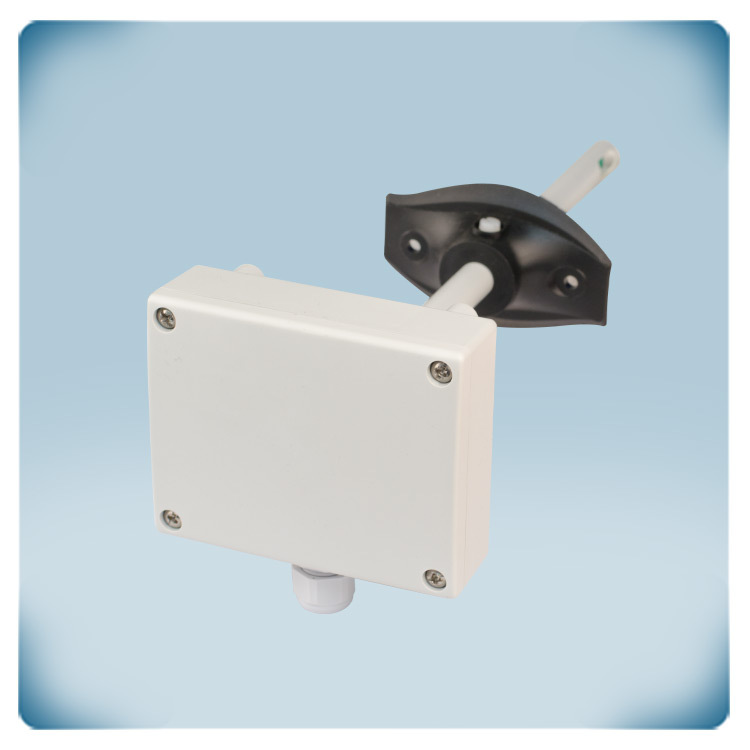
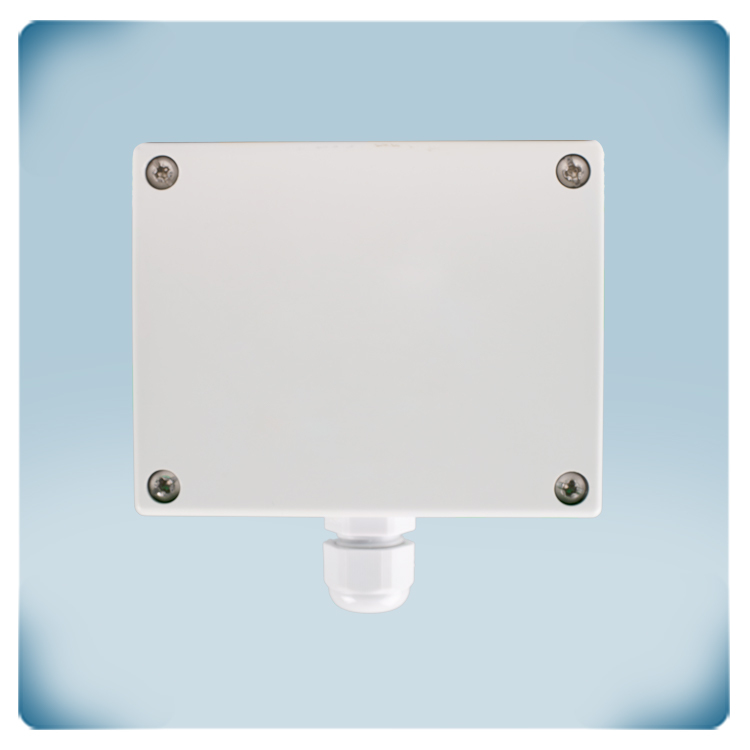
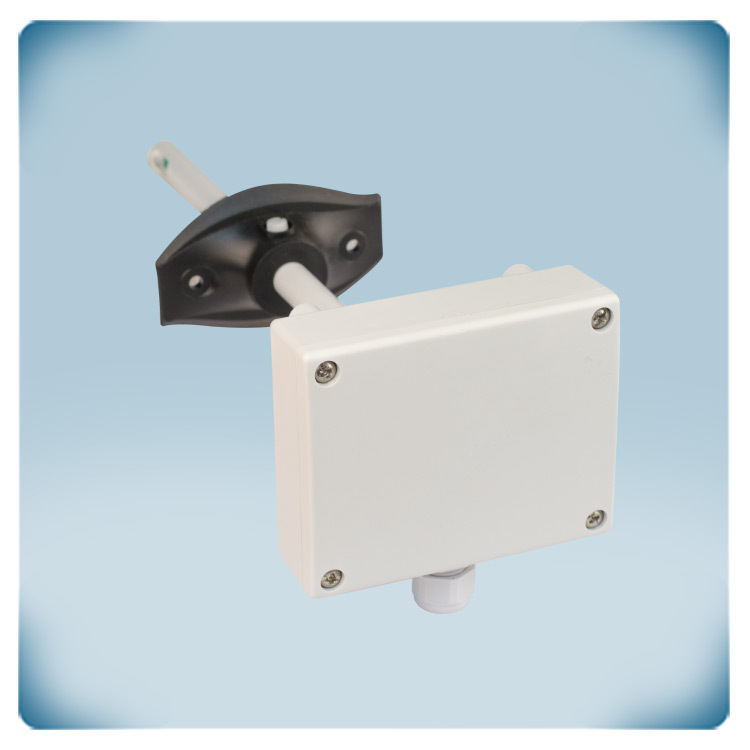
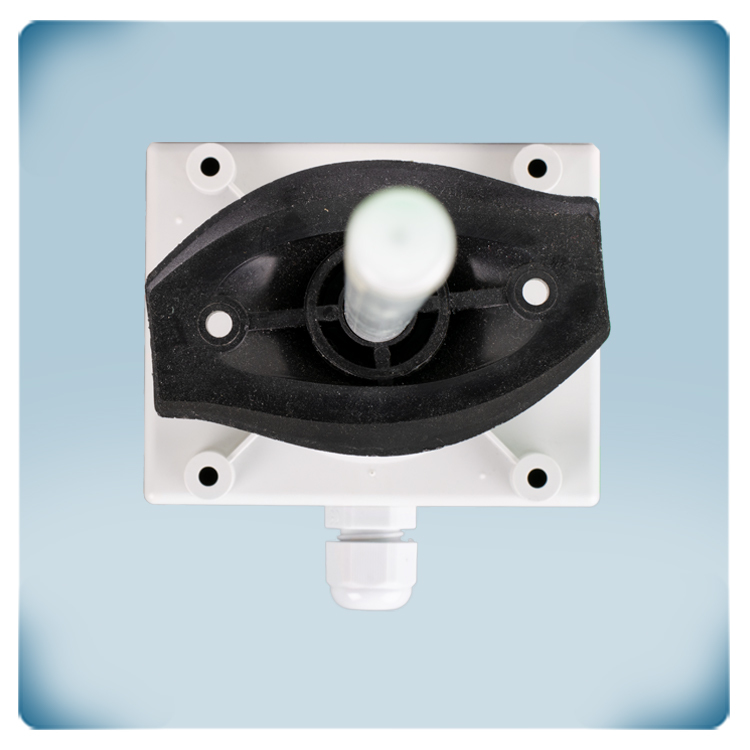

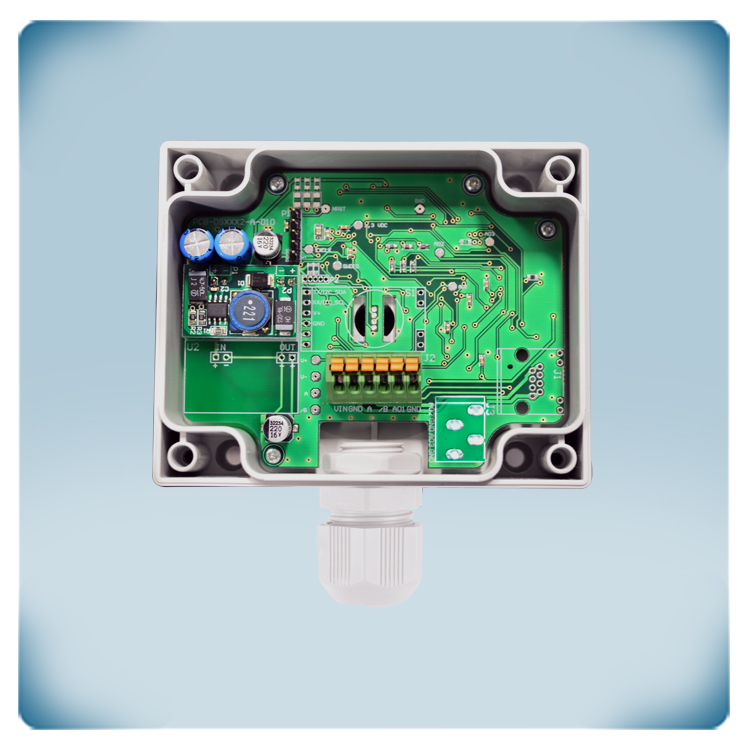
.webp)
.webp)
.webp)
.webp)
.webp)
.webp)

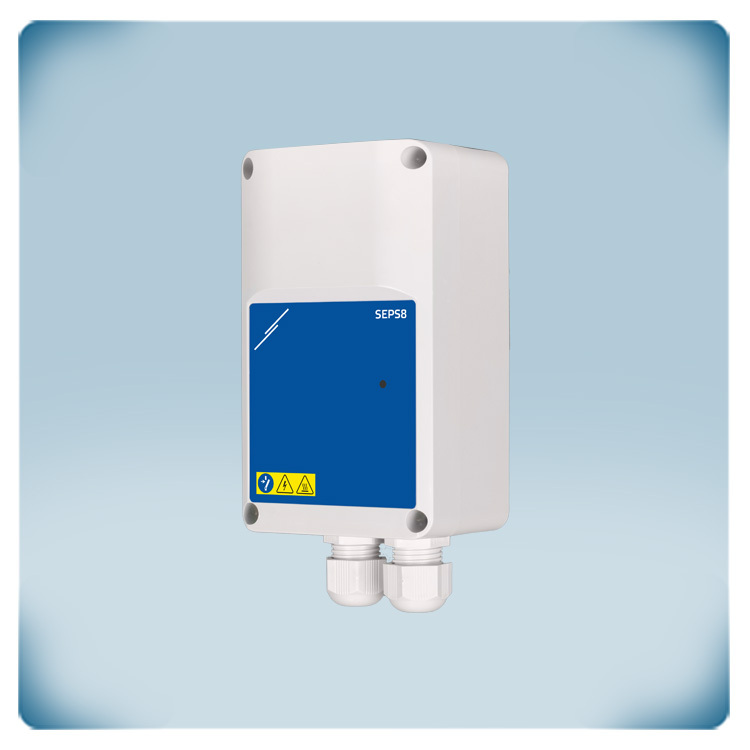
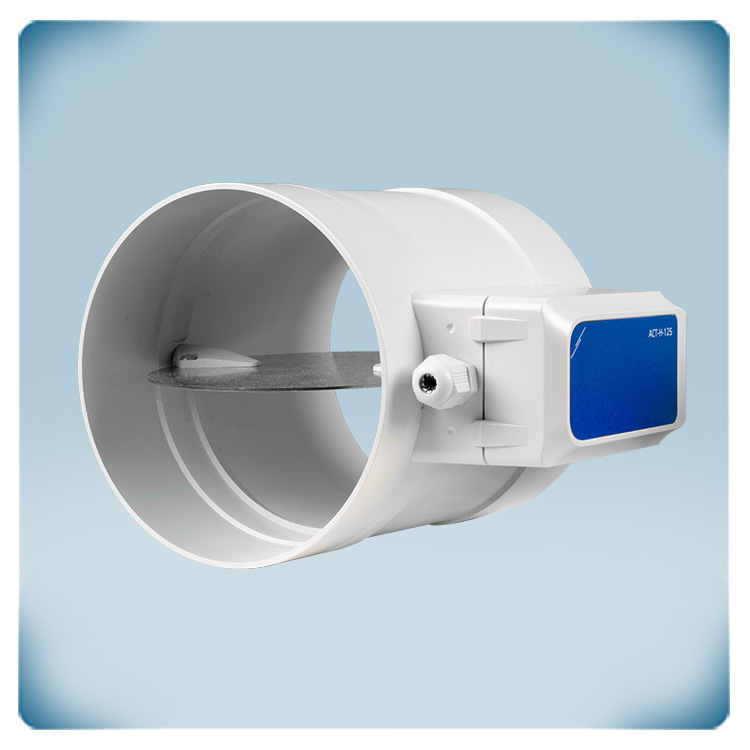
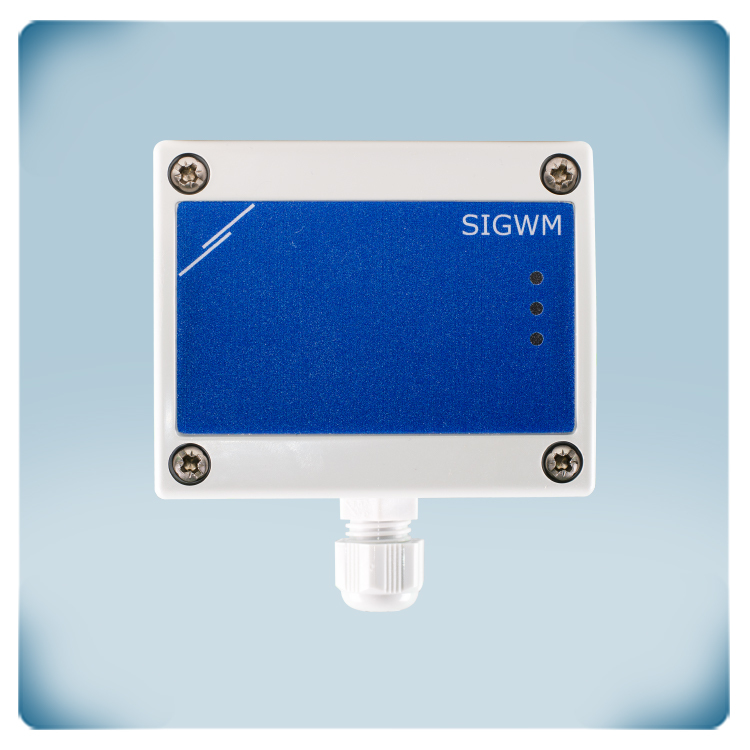
Remarks, reviews & ratings